Search
Items tagged with: skywatchingtips

The Next Full Moon is the Snow Moon
The next full moon will be Wednesday morning, Feb. 12, 2025, appearing opposite the Sun (in Earth longitude) at 8:53 a.m. EST. The Moon will appear full forGordon Johnston (NASA Science)

Planetary Alignments and Planet Parades
On most nights, weather permitting, you can spot at least one bright planet in the night sky. While two or three planets are commonly visible in the hoursPreston Dyches (NASA Science)
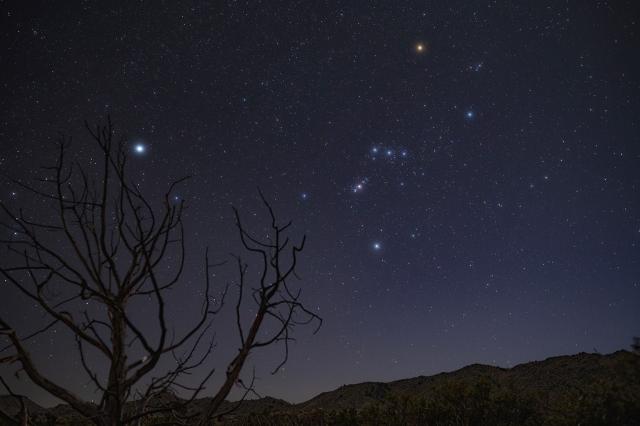
What’s Up: February 2025 Skywatching Tips from NASA
Above are the phases of the Moon for February. Stay up to date on all of NASA's missions exploring the solar system and beyond at science.nasa.gov. I'mPreston Dyches (NASA Science)

The Next Full Moon is the Wolf Moon - NASA Science
The next full Moon is the Wolf Moon. It will be Monday evening, Jan. 13, 2025, and will appear full for about three days.science.nasa.gov
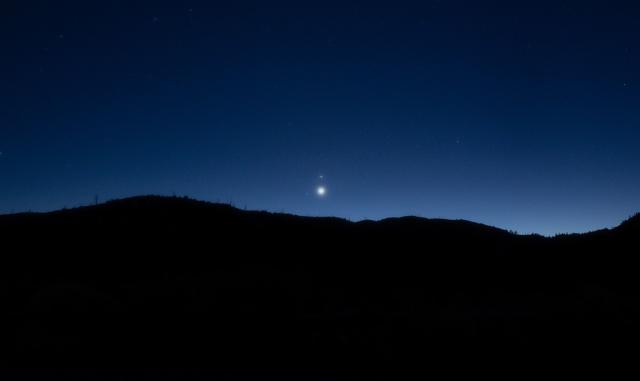
What's Up: January 2025 Skywatching Tips from NASA - NASA Science
Each evening, enjoy a sweeping view of four planets at once. Also look for Mars occulted by the Moon and meteors!science.nasa.gov
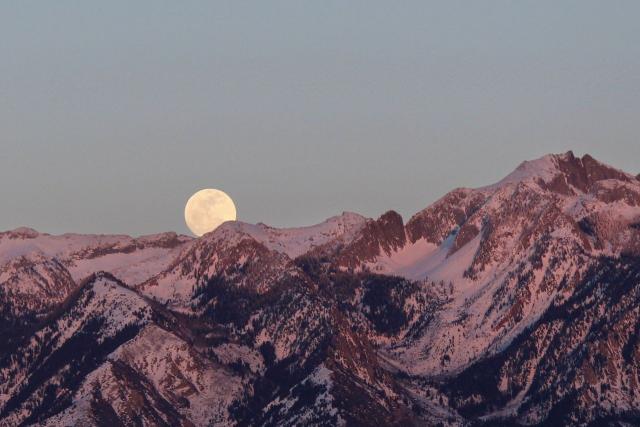
The Next Full Moon is the Cold Moon - NASA Science
The Next Full Moon is the Cold Moon, Frost Moon, or the Winter Moon; the Moon before Yule or the Oak Moon; or the Long Night Moon.science.nasa.gov
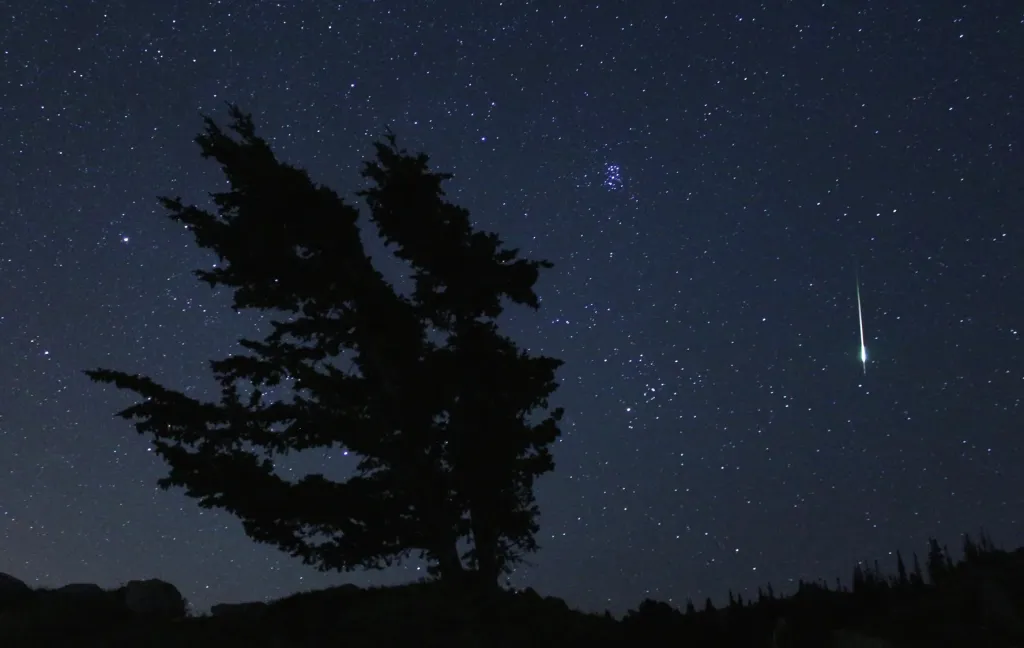
What's Up: December 2024 Skywatching Tips from NASA - NASA Science
In December, Venus dazzles as the "Evening Star," Jupiter reaches its brightest for the year, and the Geminid meteor shower peaks under challenging moonlit skies.science.nasa.gov

The Next Full Moon Will Be the Last of Four Consecutive Supermoons - NASA Science
The Next Full Moon is a Supermoon; the Beaver, Frost, Frosty, or Snow Moon; Kartik Purnima; Loy Krathong; the Bon Om Touk (”Boat Racing Festival”) Moon, the Tazaungdaing Festival Moon; and Ill Poya.science.nasa.gov
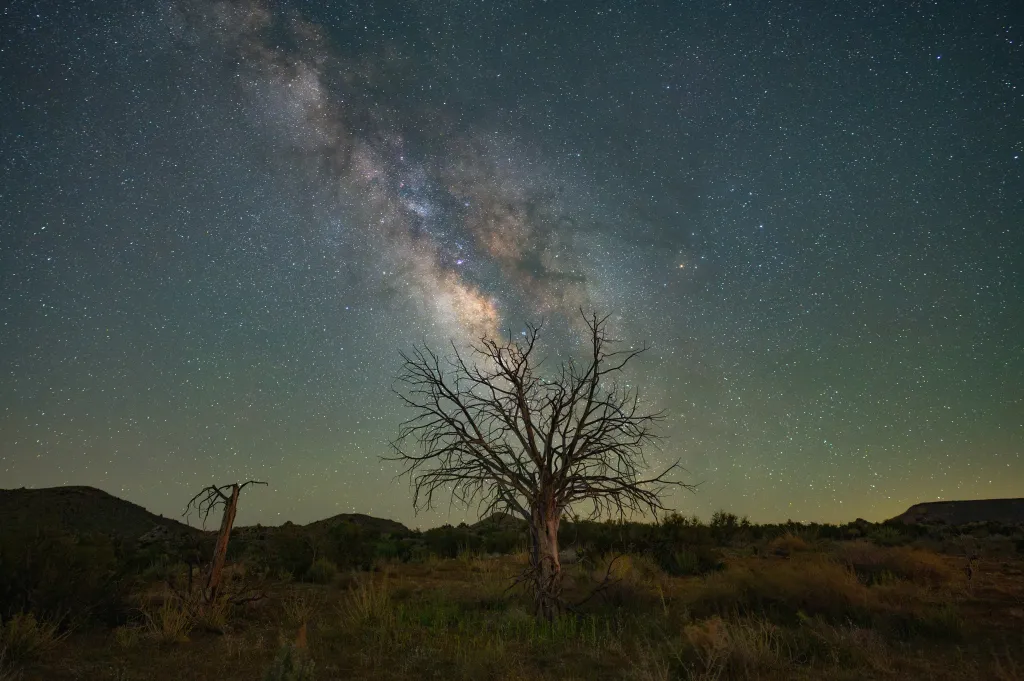
What's Up: November 2024 Skywatching Tips from NASA - NASA Science
Planets visible in November: Saturn shines in the south most of the night, Jupiter rises in the early evening, while Mars is visible in the early morning sky.science.nasa.gov
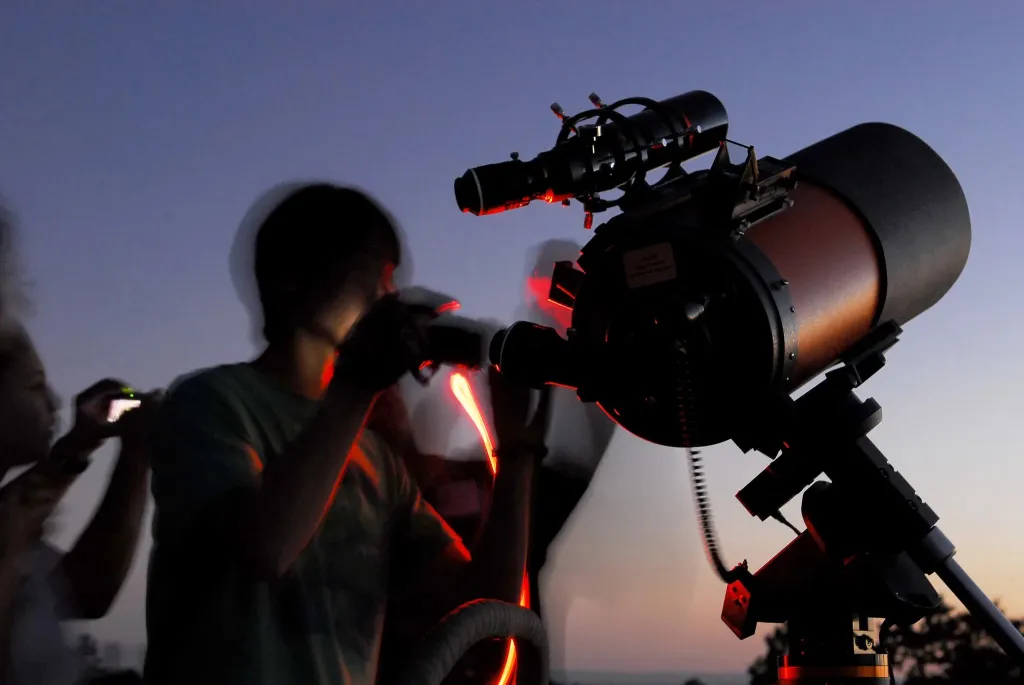
What's Up: October 2024 Skywatching Tips from NASA - NASA Science
A new comet is passing through the inner solar system! It appears in twilight after about Oct. 14.science.nasa.gov
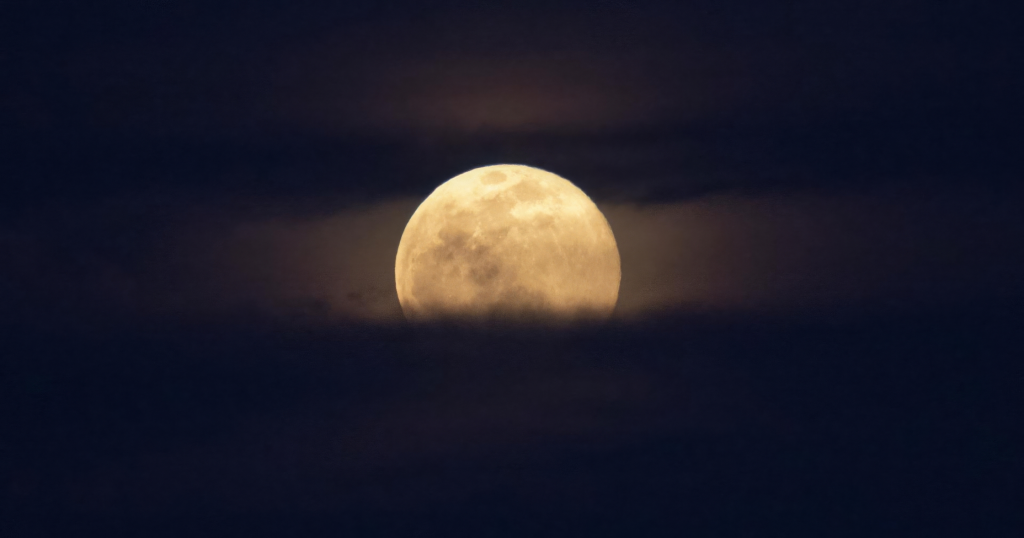
The Next Full Moon is a Partial Lunar Eclipse; a Supermoon; the Corn Moon; and the Harvest Moon - NASA Science
The next full Moon will be Tuesday, September 17, 2024, at 10:35 PM EDT. The Moon will appear full from Monday evening through Thursday morning.science.nasa.gov

What's Up: September 2024 Skywatching Tips from NASA - NASA Science
A partial lunar eclipse makes the full supermoon on Sept. 17th extra super. Also, chances to observe five planets this month, and a global night for observing.science.nasa.gov

The Next Full Moon is a Supermoon Blue Moon - NASA Science
The full Moon will be Monday afternoon, August 19, 2024, at 2:26 PM EDT. The Moon will appear full from Sunday morning through early Wednesday morning.science.nasa.gov
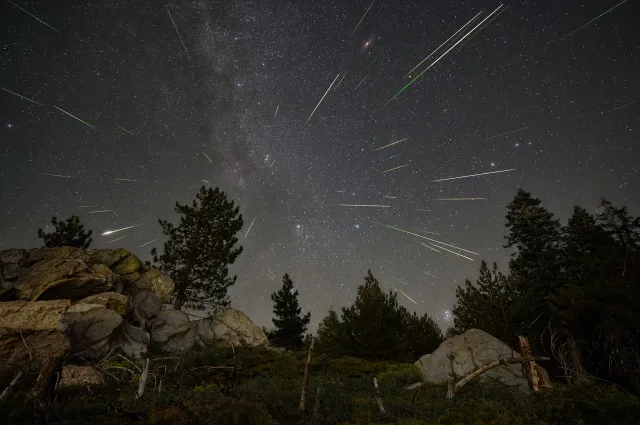
What's Up: August 2024 Skywatching Tips from NASA - NASA Science
Two planets meet for a super close conjunction, the Perseid meteor shower peaks, and look for the Lagoon Nebula – a stellar nursery in Sagittarius.science.nasa.gov

The Next Full Moon is the Strawberry Moon - NASA Science
The next full Moon will be Friday evening, June 21, 2024, at 9:08 PM EDT. The Moon will appear full from Thursday evening through Sunday morning.science.nasa.gov
What's Up: June 2024 Skywatching Tips from NASA - NASA Science
Saturn and Mars meet up with the Moon, Jupiter returns at dawn, and tips for identifying some common objects seen in the sky.science.nasa.gov

The Next Full Moon is the Flower, Corn, or Corn Planting Moon - NASA Science
The next full Moon will be on Thursday morning, May 23 at 9:53 AM EDT. The Moon will appear full from Tuesday night through early Friday evening.science.nasa.gov
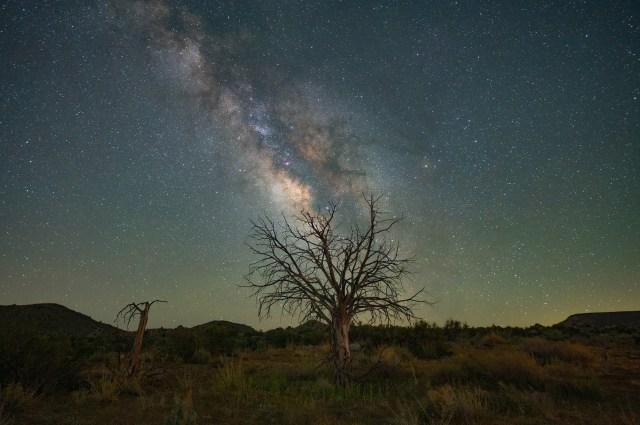
What's Up: May 2024 Skywatching Tips from NASA - NASA Science
See Mars, Saturn, and Mercury in the May morning sky. Antares slips behind the Moon for East Coast U.S. skywatchers. And the eta Aquariid meteors peak May 6th.science.nasa.gov

The next full Moon is the Pink Moon, Sprouting Grass Moon, Egg Moon, Fish Moon, the Pesach or Passover Moon
The next full Moon will be Tuesday evening, April 23, 2024, The Moon will appear full for about 3 days around this time, from Monday morning to Thursday morning.science.nasa.gov

What's Up: April 2024 Skywatching Tips from NASA
Catch Mars and Saturn rising, and Jupiter hangs out with Comet 12P. Plus NASA has you covered for the total eclipse whether you're headed to totality or watching from afar.science.nasa.gov

What's Up: March 2024 Skywatching Tips from NASA
Jupiter plows through the Pleiades on March 14, a chance to spot Mercury at month's end along with a subtle lunar eclipse, and a comet worth keeping an eye on!science.nasa.gov

March-April 2024: The Next Full Moon is the Crow, Crust, Sap, Sugar, or Worm Moon
Since this full Moon is a little over a day after apogee (when the Moon is at its farthest from the Earth in its orbit) this is a micromoon, the opposite of a supermoon.science.nasa.gov

The Next Full Moon is the Cold, Frost or Winter Moon - NASA Science
The next full Moon will be Tuesday evening, December 26, 2023, appearing opposite the Sun (in Earth-based longitude) at 7:33 PM EST.science.nasa.gov
